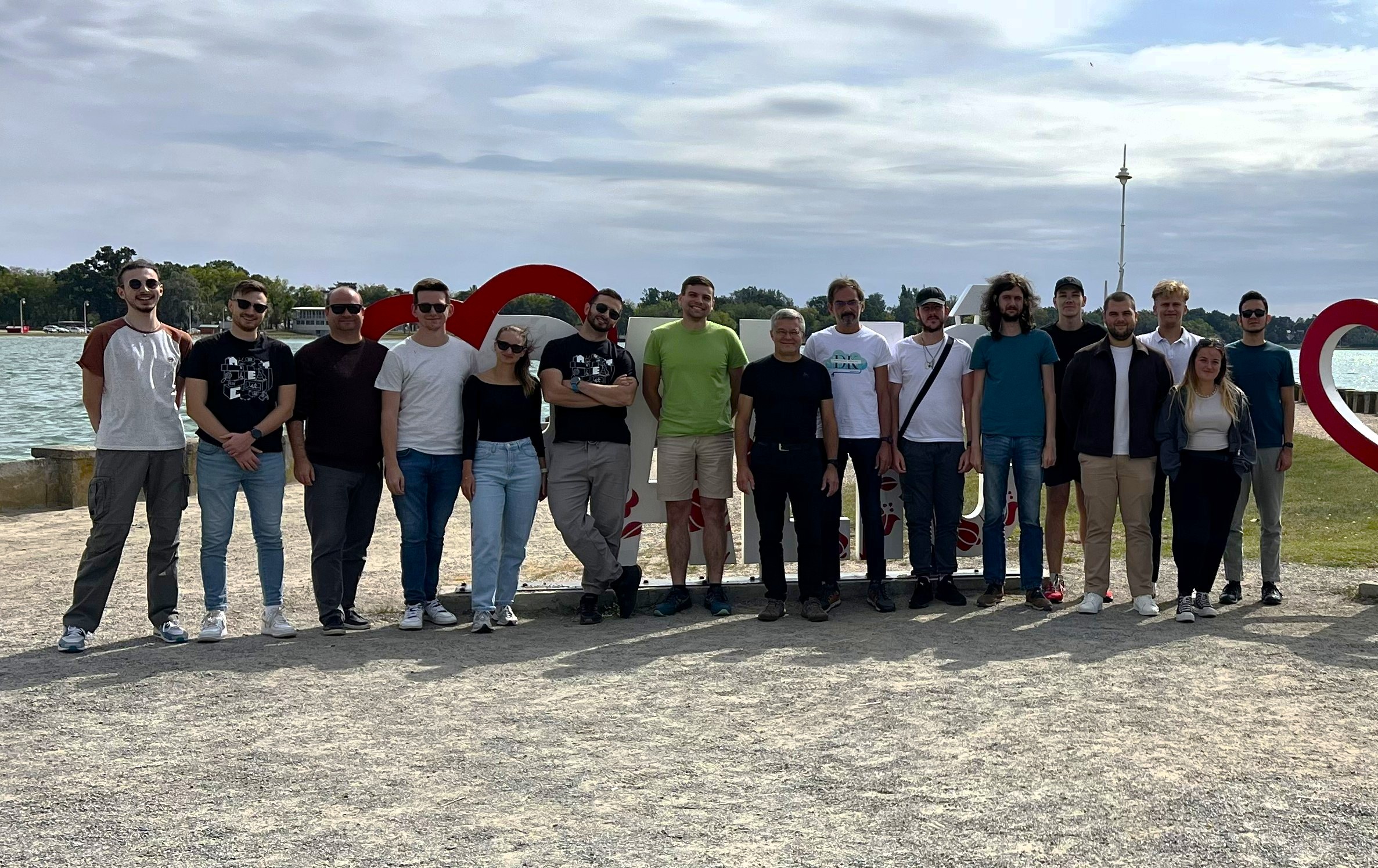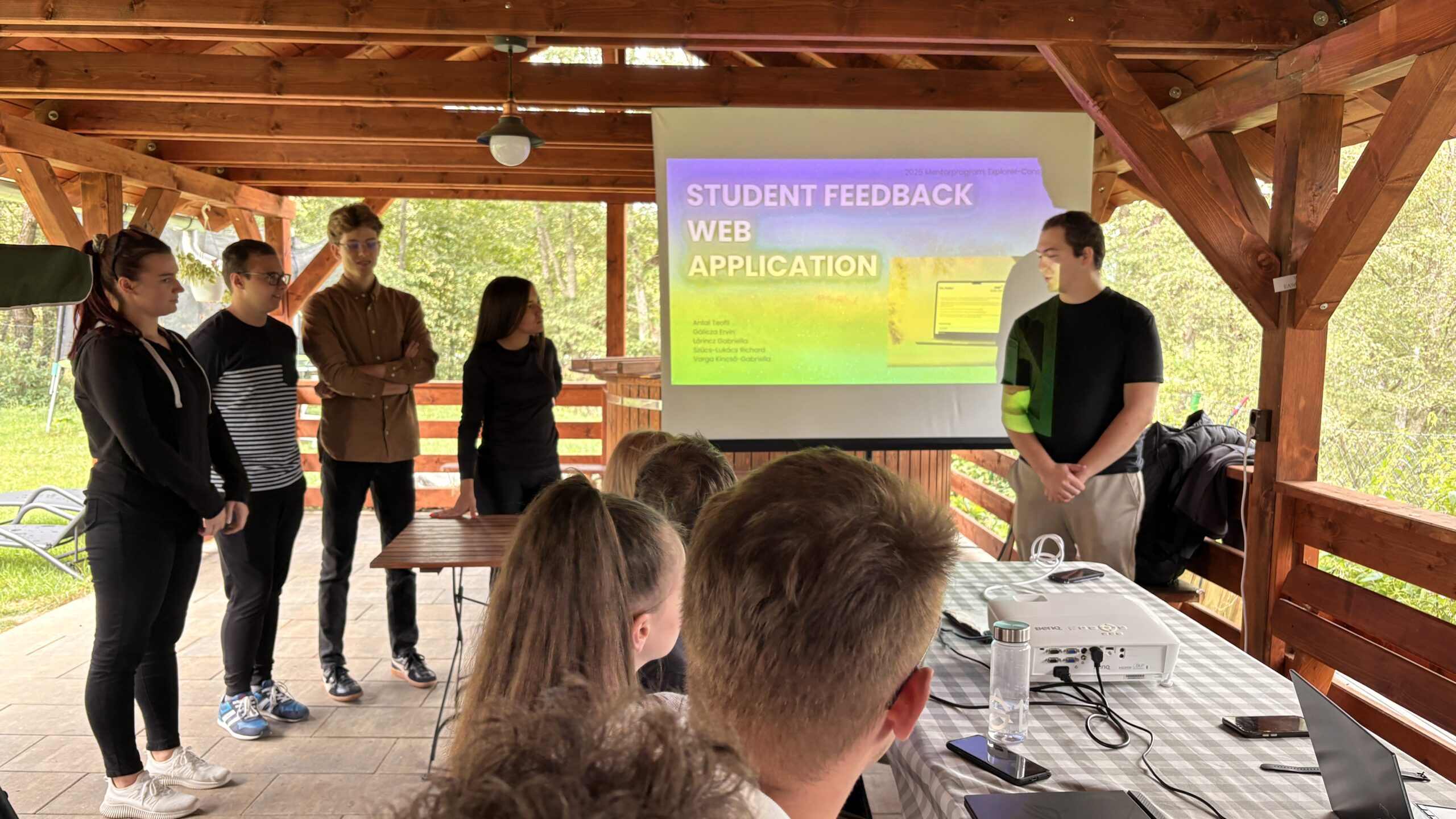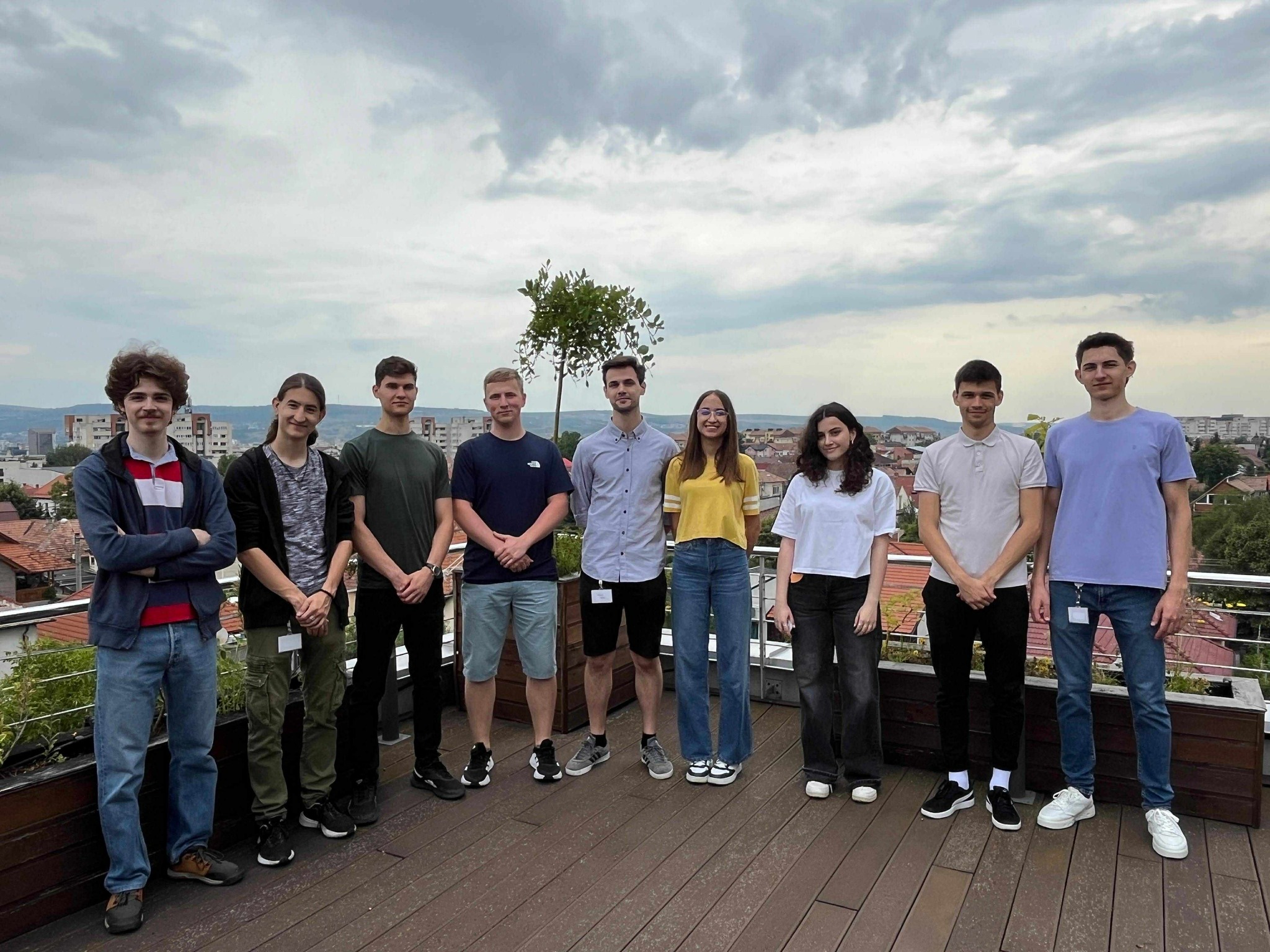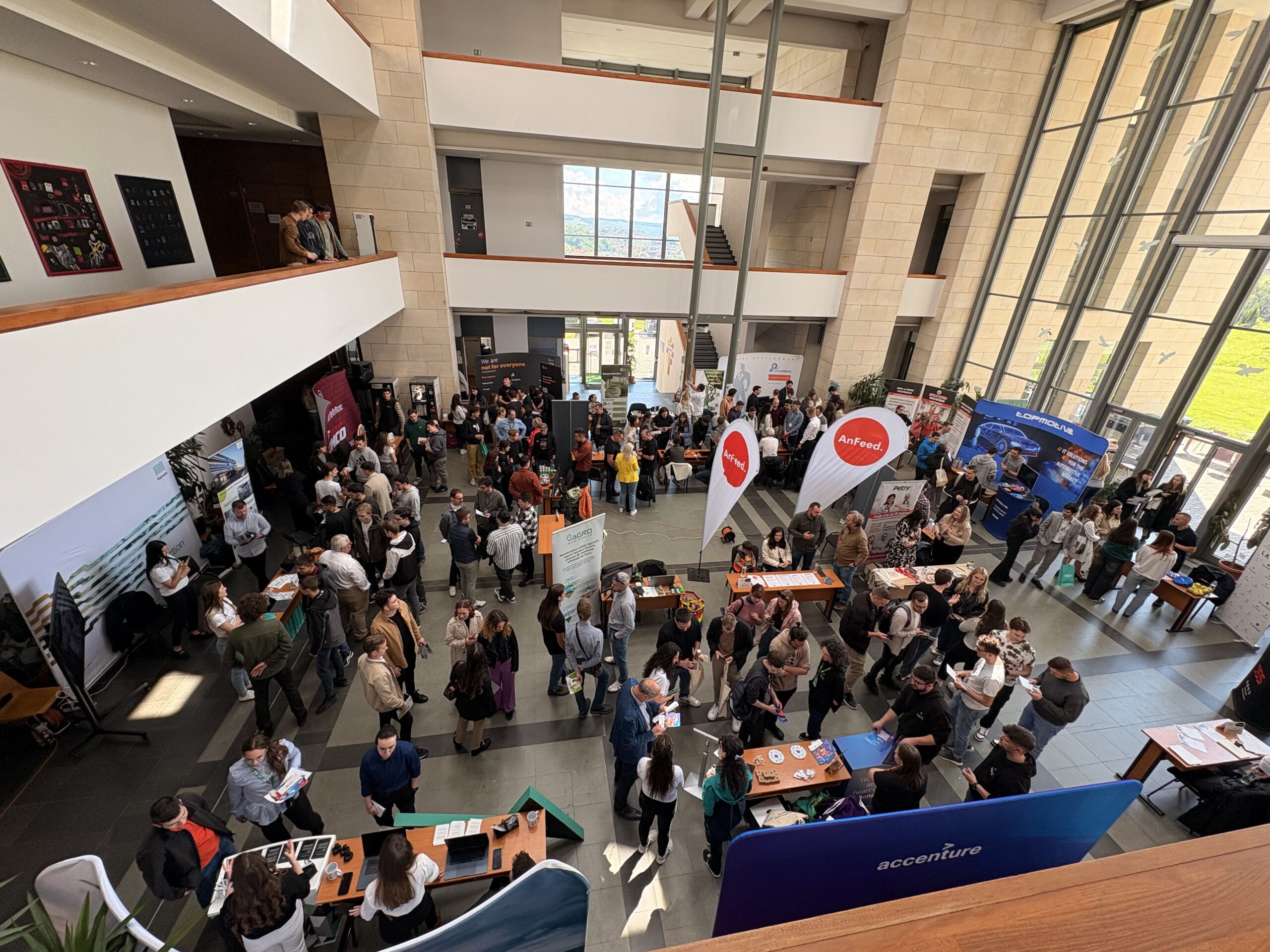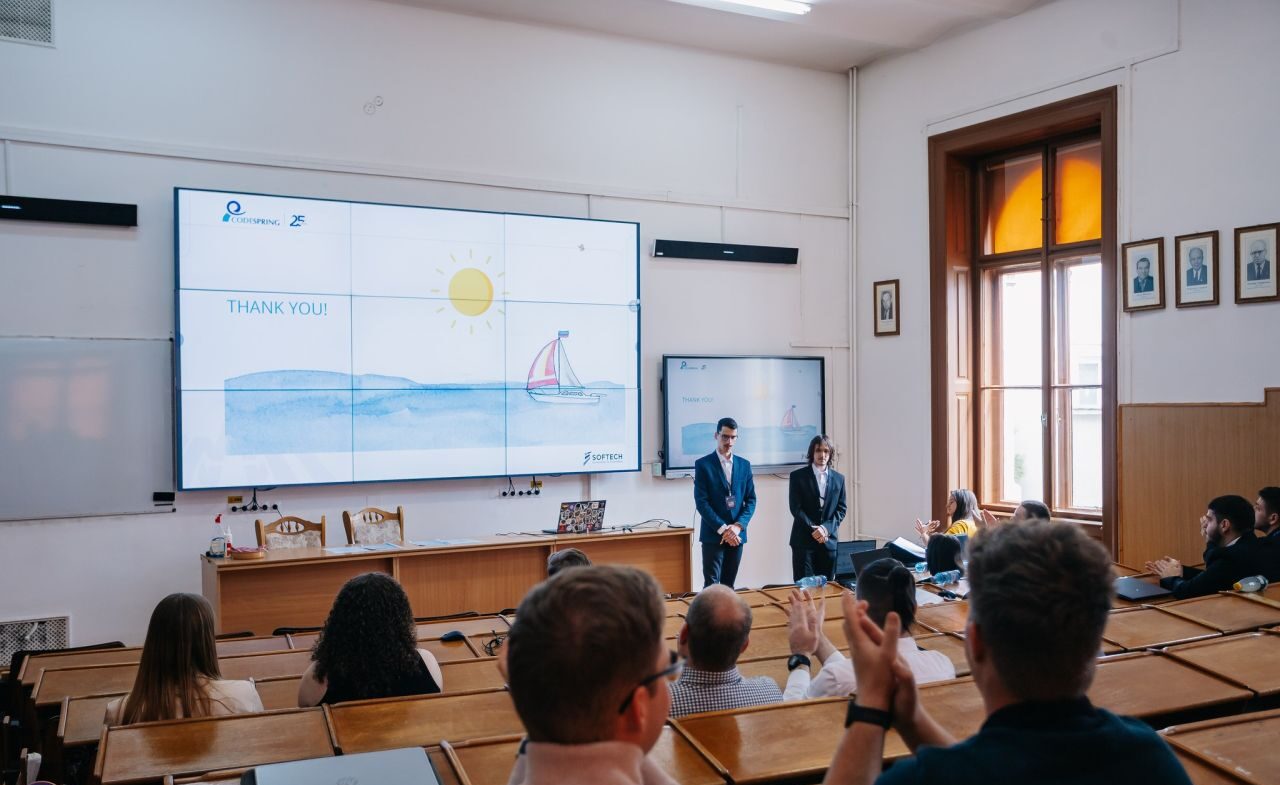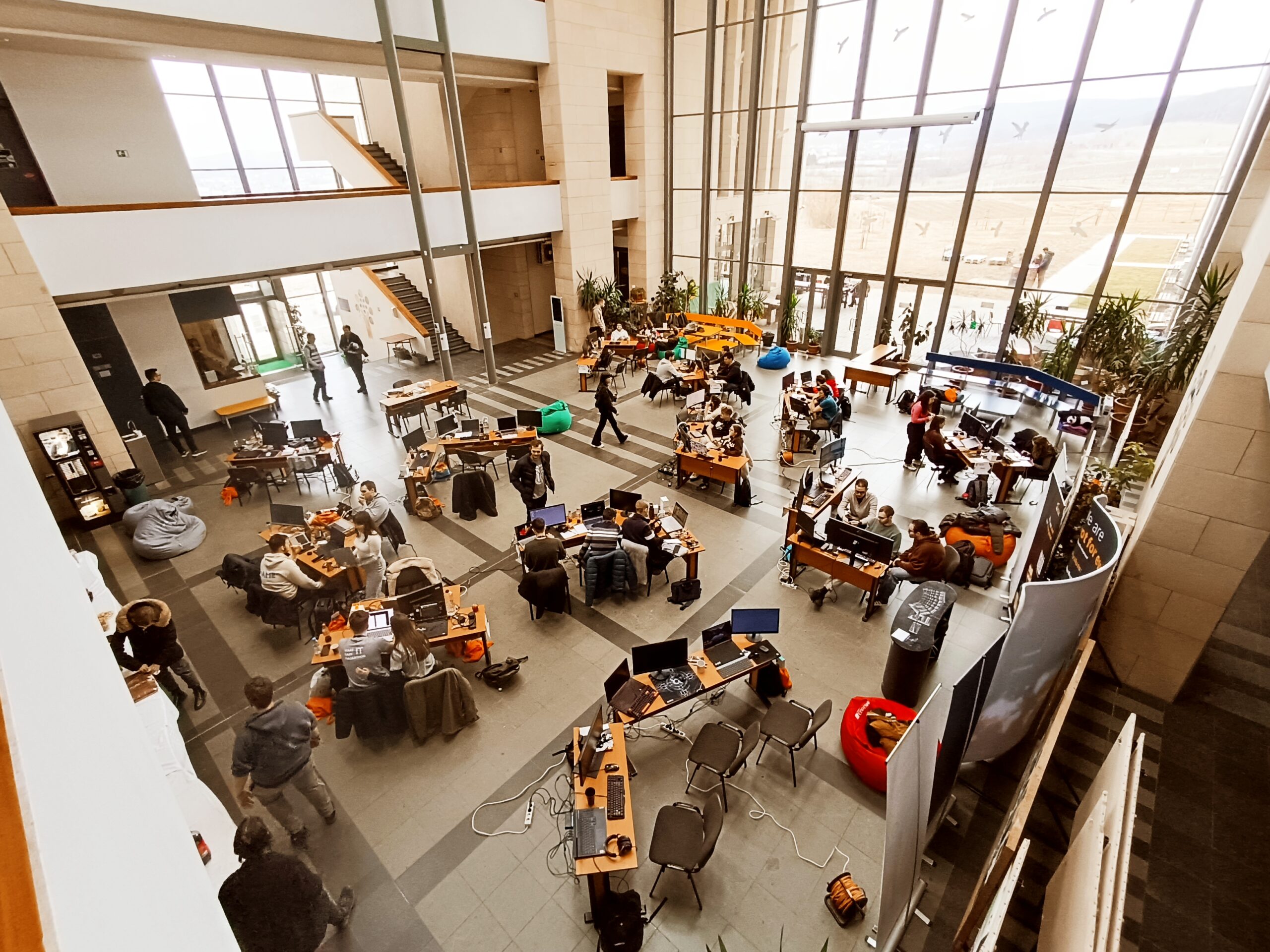One of the most spectacular capabilities that human kind has developed is that of planning ahead, of projecting things, phenomena and events in the future. Yet, how to choose among multiple options? How to capture and foresee dynamics? Often, the most reliable and elegant solution is mathematics. Encoding real dimensions and characteristics as numerical markers and adding change factors in the same format, everything resumes at solving several equations. Based on such clear principle, the task becomes difficult when facing the amount of data that needs to be processed. (!) That’s why specific computing technology has been developed and is currently capable of delivering consistent simulations.
Computer simulations
Computer simulations are actual computer programs that attempt to simulate an abstract model of a particular system. Computer simulations make use of computer modelling and may last a few minutes or several days; they may be run by one single computer, by a network of computers or a supercomputer. Based on various computer models (stochastic vs deterministic, steady state vs dynamic, continuous vs discrete, local vs distributed) simulations may be classified as dynamic simulations, DES (discrete event simulations), continuous dynamic simulations, agent-based simulations, and many other.
Time-stepped simulations are generally split in two main categories: a) stencil codes – simulations using regular grids for data storage and needing only next-neighbour access; b) meshfree – using non-regular grids.
In order to push forward the simulation technology several simulation langauges and simulation environments have been developed. The result consists in a set of simulation softwares designed for specific applications and industries. For postprocessing, special computer graphics software visually display the results, completing the forms that computers are designed to show.
Calibration and validation
In order to have a successful simulation model, it is very important to have correct input data, to develop a correct model and to set correct parameters. This stage is called calibration. Then, the simulation model must be validated through repeated verification. Another key role belongs to the reproductibility of the results.
Big Data processing
The most obvious characteristic of big data is that it comes only in one size: large (!). According to IBM featured article, “everyday we create 2.5 quintillion bytes of data – so much that 90% of the data in the world today has been created in the last two years alone.”
Complex physics simulations, meteorlogy forecast, genomics, connectomics, bioresearch or business information use tremendously large data sets at the order of terrabytes, exabytes or zettabytes. Exceptional technologies are needed to process this amount of data and to make them available in nearly real-time. Massively parallel processing databases, datamining grids, scalable storage systems are just a few examples. Therefore, in order to be able to have in place effective complex simulation software, the infrastructure must be able to handle Big Data and reduce error risks.
CFD software
Computational Fluid Dynamics software is used for simulating interactions between fluids and gas with surfaces defined by boundary conditions. Thus flow, thermic and acoustic behaviour may be simulated.
Latest cutting edge developments of CFD software facilitate the analysis of transient problems, free-surface analysis, moving parts and moving boundaries and fluid structure interaction. In order to achieve this, a few steps must be closely followed: defining the boundaries (the geometry), generating the mesh by splitting the fluid’s volume into discrete cells, defining the physical model, defining the boundary conditions. Next, the simulation is engaged and the equations are solved at a steady-state or transient state. The postprocessor releases the analysis and visualisation tools of the found solutions.
NASA and MSC Software Legacy
One of the most successfull initiators and funding organisms for fluid dynamics simulations developments is NASA. Based on MSC Software’s SADSAM (Structural Analysis by Digital Simulation of Analog Methods), a new public domain code has been developed: NASTRAN, which is currently integrated in a sum of different software packages.
As mentioned in the “NASA Technology” official article, among the 10 technologies developed by NASA centers and in collaboration with other entities, that have had a big impact on commercial military and general aviation aircraft, two technologies are key subject of this article: CFD (Computational Fluid Dynamics) and the already industry-standard tool for computer aided engineering of all types of structures: NASTRAN (NASA Structural Analysis).
CFD Methodology
Various CFD software use different discretization methods and integrate various turbulence models. According to the chosen method and model, linear, differential and integral equations are solved differently and their field of applications vary. Just to have a glimpse on the diversity of methods we mention: FVM (Finite Volume Method), FEM (Finite Element Method), FDM (Finite Difference Method) or boundary element method. As for the models we recall: large eddy simulation, direct numerical simulation, coherent vortex simulation, vorticity confinement method or Reynold-averaged Navier-Stokes.
The Finite Element Method (FEM)
One of the most preferd techniques to solve partial differential and integral equations when the domain is of high complexity (like automotive industry or aerospace), when the field is unstable (various state reactions) or when we focus on a specific test area accuracy is the Finite Element Method (FEM).
FEM is used in building simulation for car crashes, airplane aerodynamics, train derails, and building structures behaviour or weather predictions. FEM softwares enable many simulation options, allowing the engineers to control the model building and analysis steps. It provides cost effective solutions for pre-production testing and optimization. With FEM, all prototypes and projects step faster in the production line.
Applications
Nowadays, simulation software and hardware is supporting diverse industries. In the automotive sector, simulations help increase car safetiness, comfort and energy consumption. In aeronautics, simulations help train performant pilots, prevent malfunctions of the aircraft and improve aerodynamics. For the marine industry, computer simulations improve the ship design and resistance. In civil engineering complex building structures and megastructures can be modelled and improved straight from the project phase. The bioengineering field can simulate the spread of diseases and counteract or develop new products. The defense sector may simulate possible situations and improve its strategy. In manufacturing, the overall production process may be modelled and optimized. In electronics, new product and systems developments have occurred due to computer simulations. Finally, one of the fastest growing sectors, entertainment, takes its share from reality and fiction simulations.
Multiphysics-multidiscipline simulations
Even more complex, multyphisics simulations strive to capture the dynamic image of simultaneous natural phenomena or physical changes. Coupled physics like fluid flow with chemical reactions, electromagnetic fluids or electromagnetical interaction are the subject of latest computer simulations. Ongoing research is being directed towards the creation of advanced multiphysics-multidisciplinary simulation models. Being surrounded by data-intensive technologies, we can expect an acceleration of the complex simulations speed and the relase of new disruptive technologies. (D.C.)

